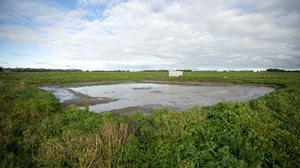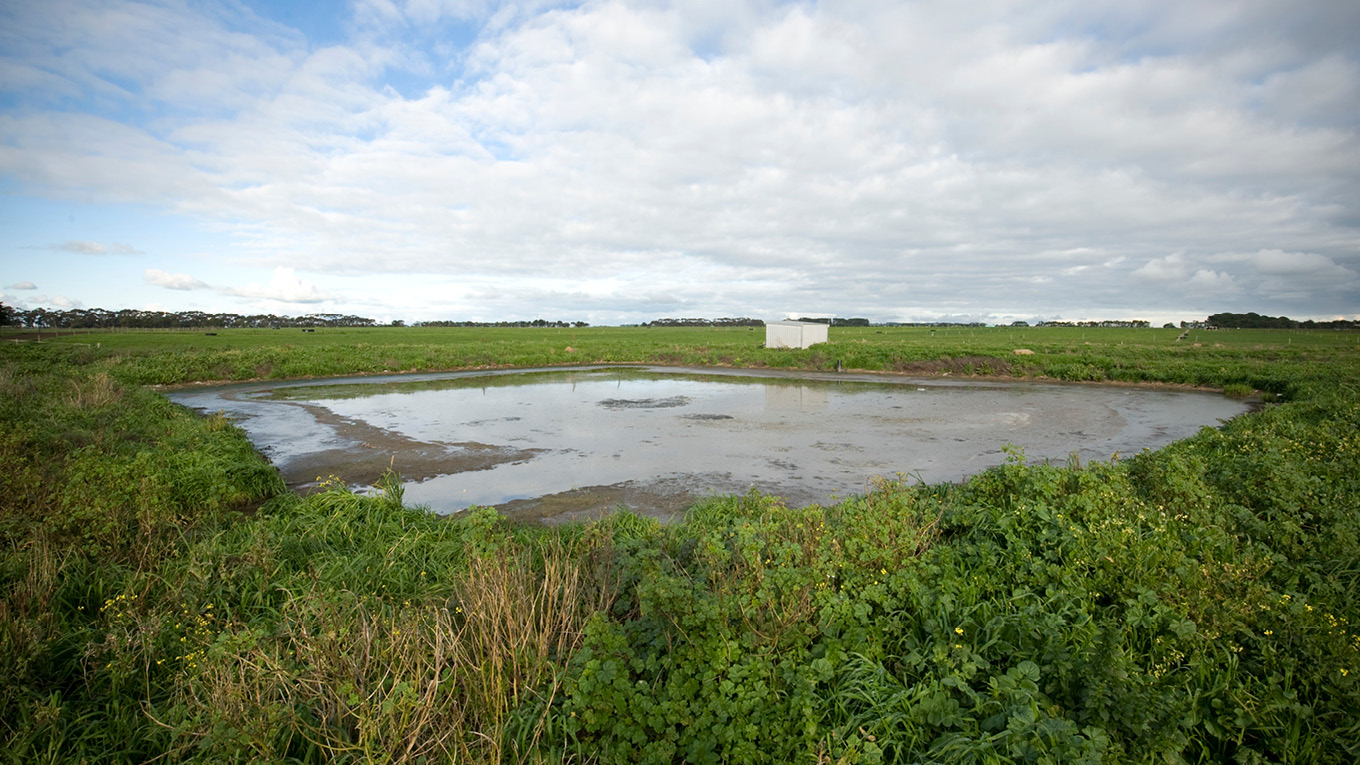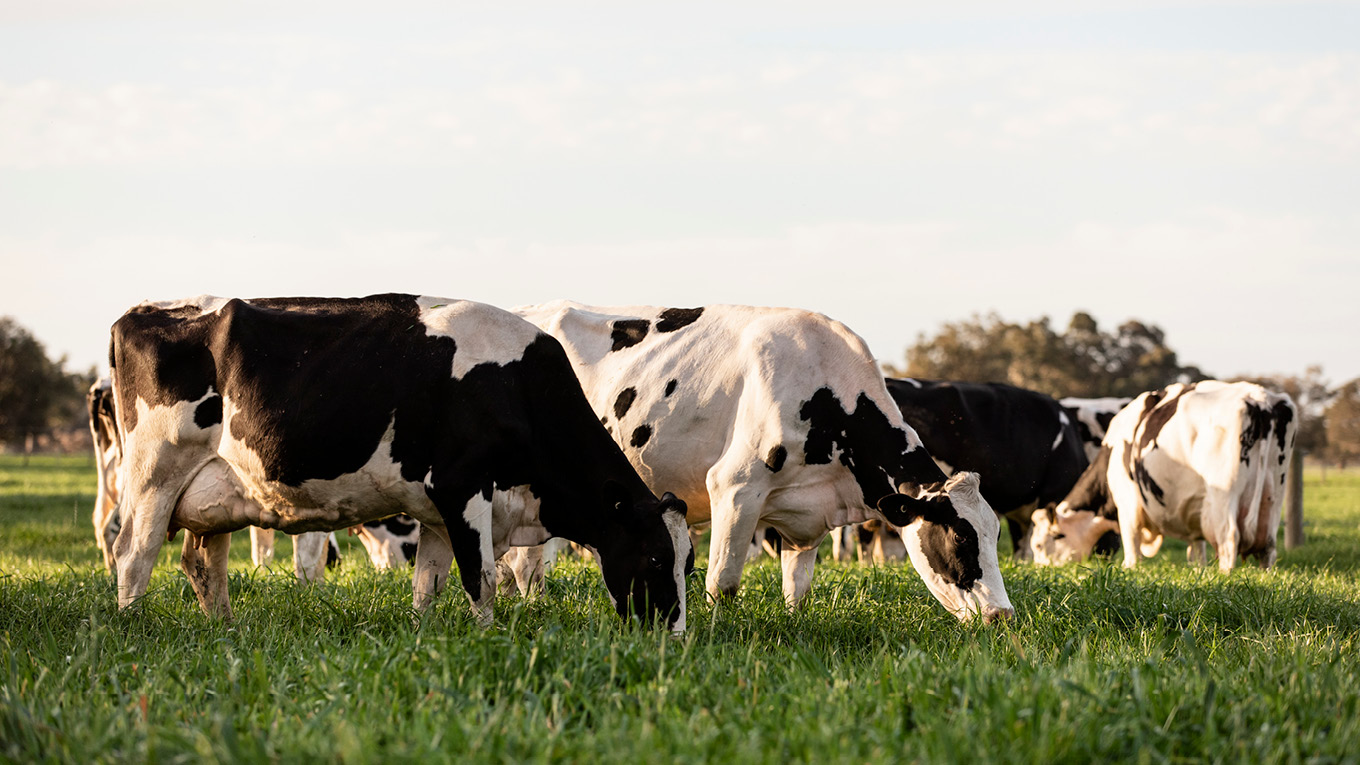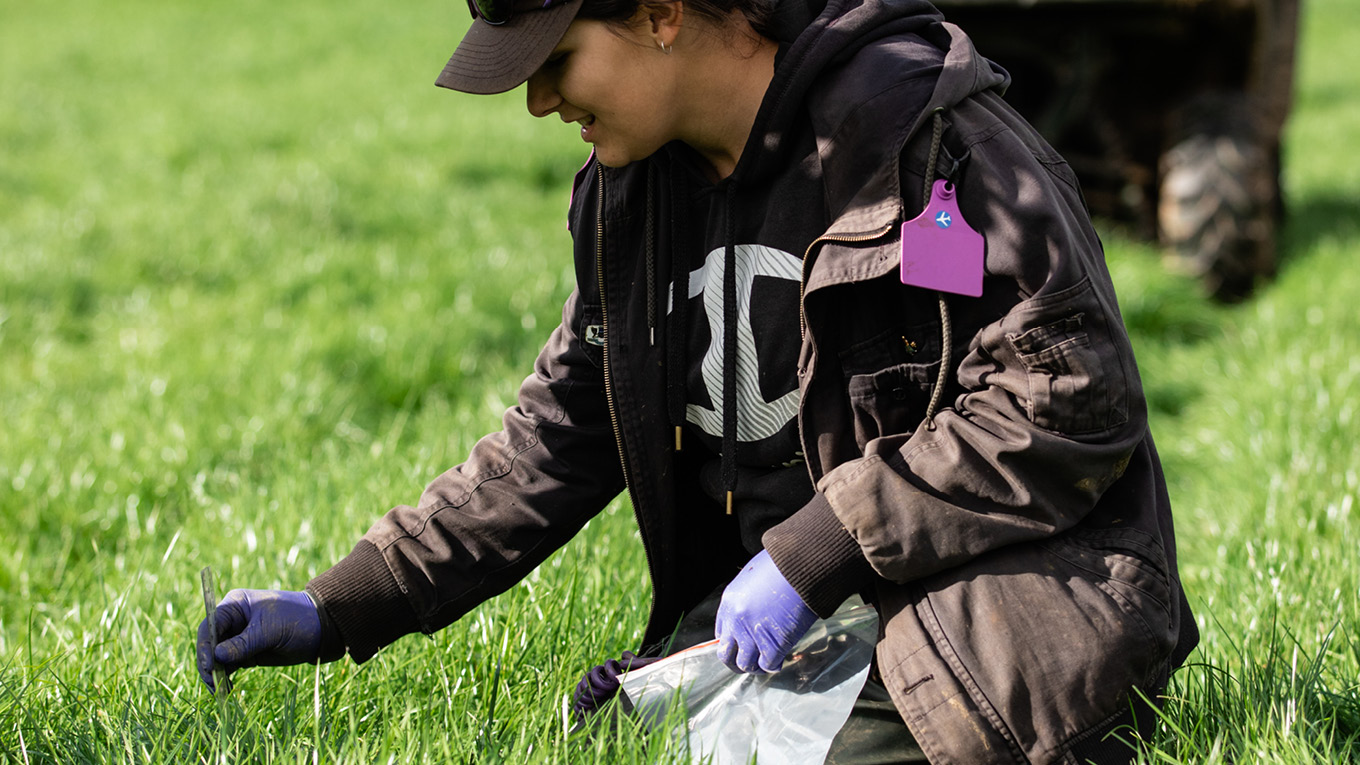Effluent Management
Effluent management is an important part of any dairy farm business.
Good effluent management has a number of benefits both on and off the farm including:
-
Saving money on bought-in fertiliser
-
Soil conditioning properties from the organic matter
-
Improved soil moisture holding capacity
-
Improved nutrient holding capacity
-
Productivity gains from pasture responses
The Effluent and Manure Management Database for the Australian Dairy Industry website has reliable and scientifically validated technical information on dairy effluent management adaptable to all dairying regions in Australia. This database stores information that underpins state and regional guidelines on dairy effluent management, technical and farmer-based extension programs and educational material.
It includes advice for:
-
On-farm effluent designs
-
Principles for effective effluent management
-
Design criteria for components of effluent containment and reuse systems
-
Decision support systems and relevant tools
Agriculture Victoria maintains a directory of accredited private sector providers who provide effluent design services for dairy farmers.
Nutrients from effluent and sludge provide a valuable source of nutrients and organic carbon. Visit the Dairying for Tomorrow website for further information and to access the nutrients from effluent and sludge calculator.
More information
Dairy farmers planning to make more than 200 tonnes of compost in a year require a licence, dedicated pad and runoff pond for the composting area.
Learn more about composting guidelines and requirements from the EPA - Composting guidance.
Wastewater Irrigation Management Plan
The EPA may request a Wastewater Irrigation Management Plan (WIMP) from dairy farmers seeking approval for changes to effluent management on their farm. A Fert$mart Plan and Irrigation and Drainage Management Plan will inform this plan. Fert$mart planners, irrigation system designers and effluent management planners can all contribute to a WIMP.
Learn more about WIMPs.
Fert$mart
Australian dairy farmers are among the most efficient dairy producers in the world. To survive in this competitive industry, the production and utilisation of pasture as the main feed source will be the key to the future success of the Australian dairy industry.
Learn more about Fert$mart.
Smarter Irrigation
Smarter Irrigation for Profit was a partnership between the Australian Government and the major irrigation industries of cotton, dairy, rice and sugar.
For a summary of all of the project findings components see the Smarter Irrigation for Profit Snapshot
Learn more about Smarter Irrigation for Profit.
Downloads
-
SA Code of practice milking shed effluent 2003
PDF, 343.93 KB -
South east dairy effluent guidelines 2005
PDF, 4.12 MB -
Dairy effluent guidelines mt lofty ranges 2006
PDF, 5.01 MB -
SA Murray Darling Basin Dairy Effluent Guidelines 2006
PDF, 5.05 MB -
Guidelines for the lower murray reclaimed irrigation area report
PDF, 517.33 KB -
Dairy effluent guidelines northern yorke 2006
PDF, 3.14 MB




